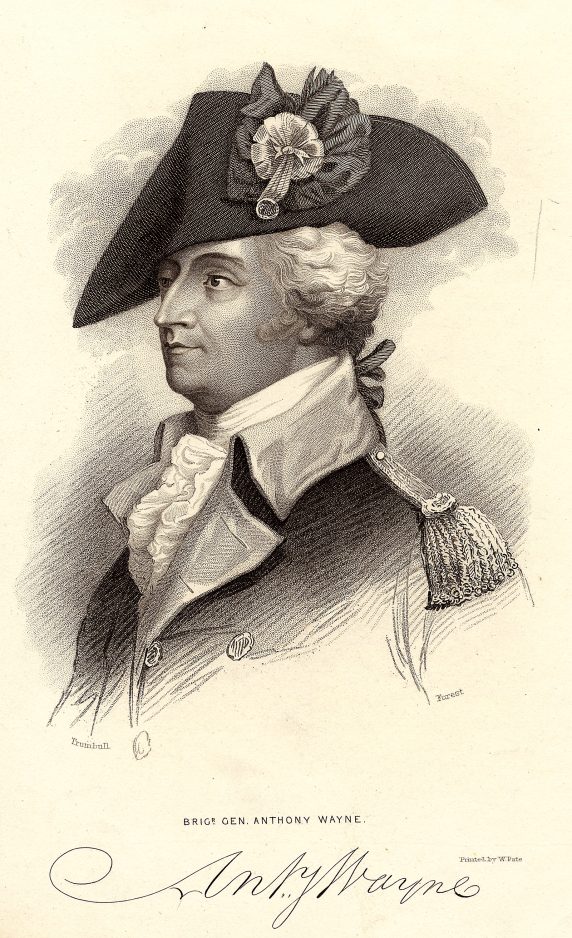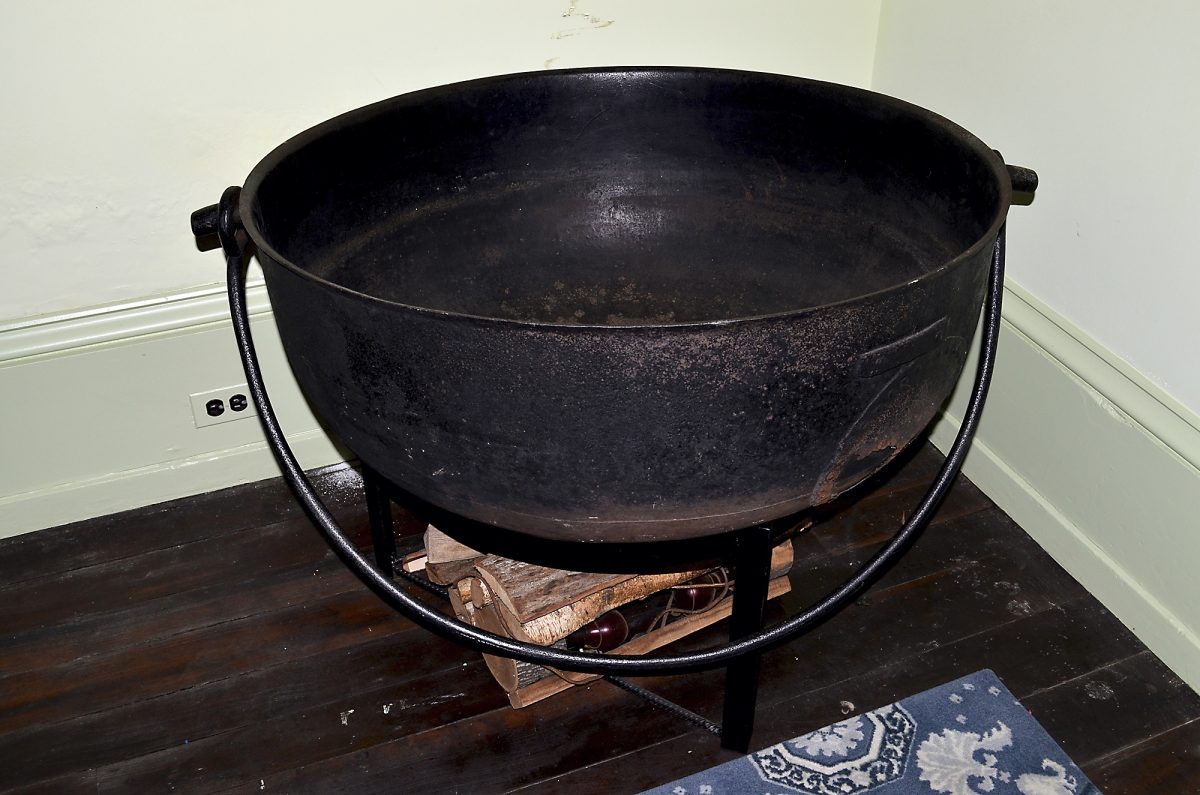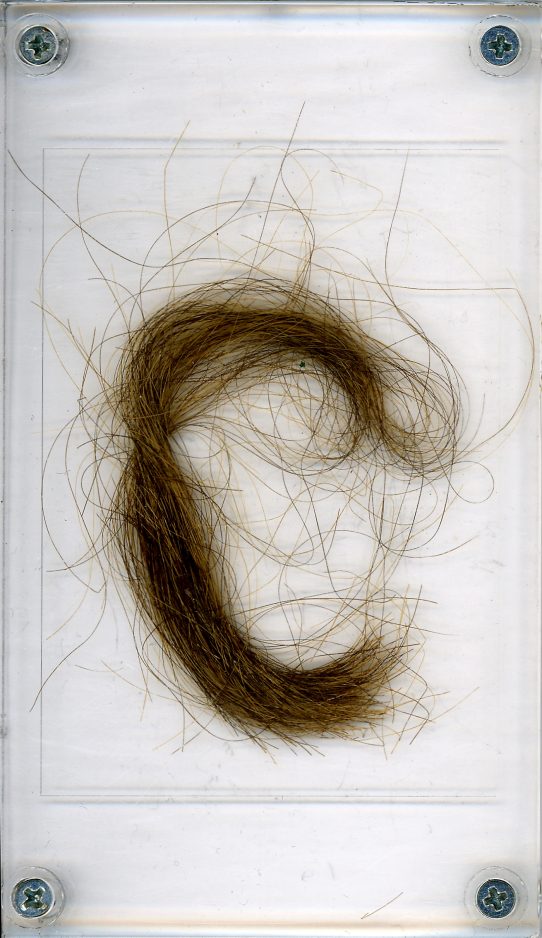Looking back: Exhuming the long-buried story of Gen. Wayne
Naming cities and towns after Revolutionary War heroes was fairly common in the patriotic fervor following the war. While George Washington tops the list, one of his favorite commanders, Gen. “Mad” Anthony Wayne, is not far behind in naming rights.
Locally, founders chose to honor Wayne when they laid out Waynesburg as a village in 1796 and when the town became an incorporated borough in 1816. Waynesburg University, of course, echoes that tradition. Cities and towns are also named for Wayne in Ohio, Indiana, Michigan, Nebraska, Georgia, Mississippi, Tennessee, Virginia, North Carolina, Missouri and New Jersey.
While there is no evidence that Wayne ever set foot in Washington or Greene counties, there are two locks of his hair encased in plastic and resting in the Washington County Historical Society’s vast collection of artifacts. They were shorn from his head 13 years after his burial. How they got here is an intriguing story with some bizarre elements.
Known for his temper and reckless courage during the Revolutionary War, Wayne was wounded at least twice. After the war, he was appointed commander in chief of the Army by President Washington and ordered to raise a military force to subdue the Indians in the Northwest Territory. Wayne’s Legion, which trained at Legionville near Pittsburgh, defeated the Indians at the Battle of Fallen Timbers near present-day Toledo, Ohio. This led to the Treaty of Greenville in August 1795, ending the Indian threat in the territory.
The following year, returning to his home in Eastern Pennsylvania, Wayne stopped at Fort Presque Isle in Erie, where he developed a serious case of gout and died Dec. 15, 1796, at age 51. He was buried with military honors at the foot of the flagstaff of the fort.
Almost 13 years later, the family decided Wayne’s remains should be disinterred and brought back to his hometown of Radnor, Chester County, for burial under a proper monument. The general’s son, Col. Isaac Wayne, was dispatched to bring the general home. He arrived in Erie in spring 1809 and engaged Dr. James Wallace to conduct the exhumation and preparation of the bones for the long, 380-mile trip back to Radnor.
But instead of bones, the doctor and his assistants were shocked to find the almost perfectly preserved body of the general in full uniform resting inside an intact coffin. Written reports say only a portion of his right foot and boot were missing.
There have since been theories that the notoriously cold weather of the region had something to do with the preservation, but at the time, it was considered a bit of magic and a true mystery.
Isaac had traveled to Erie in a light sulky with only a trunk to carry his father’s bones back home. He did not attend the exhumation and was not prepared to transport an entire body on the long trip home. To solve the problem, Wallace, without Isaac’s knowledge, came up with a plan to dismember the body, boil the parts in a caldron, and use his surgical tools to strip the flesh from the bones. The job was accomplished with the help of his assistants and members of the Fort Presque Isle community, some of whom reportedly took souvenirs such as locks of hair and the remaining good boot from the general’s left foot.
Wallace poured the stewed remains back into the coffin, along with most of the general’s uniform. Possibly disgusted by what he had done, he also tossed in the knives and tools he used to flesh the bones. The coffin was reburied and the bones were dutifully placed in the trunk Isaac had supplied.
It’s not recorded what Isaac might have said when he learned what had taken place, but he had little choice but to carry the bones back to Radnor where they were buried July 4, 1809, in the cemetery at St. David’s Church with much ceremony.
Fort Presque Isle was eventually abandoned and torn down. Wayne’s grave was lost until it was rediscovered in 1878 and excavated. The doctor’s tools and various other items were recovered and turned over to the Erie County Historical Society, which has them on exhibit. Also on display is the cauldron used to boil the bones.
There’s still the mystery of the locks of hair and how they came into the possession of the historical society. The two locks were donated to the society in 1945. But the accession records for 1945 are missing or incomplete. The only information from a file card identifying the artifacts indicates they were donated “by the granddaughter of the person who obtained the sample.” No name or further family information is mentioned.
Dave Budinger is a member and past president of the board of directors of the Washington County Historical Society.




